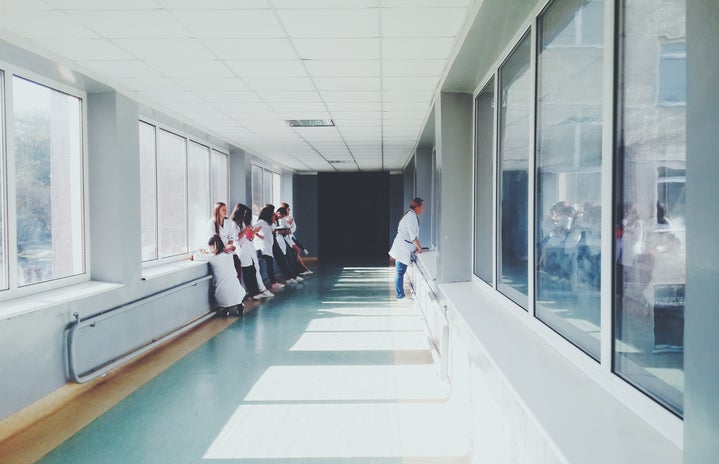The majority of news networks and sources today are no longer covering the effects of the COVID-19 pandemic on hospitals and front line healthcare workers. Even as cases have begun to rise again in the United States, hospitals are still not fully equipped with the drugs and medical equipment that is necessary for saving lives against COVID-19.
For those smaller hospitals that have a very limited set-aside areas for patients with coronavirus, filling up their rooms is easy. When their capacity is at its fullest, they have no choice but to refer their patients to the next largest hospital, whether it is 50 or 500 miles away. When patients are refused service simply because there are not enough resources to serve them, death quickly follows for those who are immunocompromised and have contracted COVID-19.
Rural hospitals are not often known for their financial abundance in many areas. Across the United States, more than 21,5000 beds were located and identified from rural hospitals that have either closed or have been found to be financially unstable. Especially in times of a pandemic, even a few beds are able to save the lives of individuals and this places many patients in jeopardy. Smaller hospitals tend to be much less equipped when it comes to specific respiratory aid and tend to be located in areas that are of lower economic status. When it comes to open accounts and failure to pay, this loss of income can be withstood through a large hospital complex, but not as much for a smaller one.

Pfizer, with their German partner BioNTech, are the first companies to ask for authorization of their coronavirus vaccine, implying that a working COVID-19 vaccine could be available in less than a few months. The spread is not slowing down, however, and it is important to note that over 250,000 individuals have died from coronavirus in the United States and as of November, close to 12 million cases have been reported.
If a vaccine becomes available to the public soon, the resurging of cases may decrease. Supplies that were purchased by hospitals and clinics will be less needed and may add to an even higher debt or loss for these smaller facilities. It is becoming harder and harder to have individuals risk their lives on the frontlines of medicine since the start of COVID. And long hours and exposure to the disease discourage many individuals from working during this time.
The CARES act, however, targeted about $1 billion to specific hospitals that serve underserved rural populations. Even with this boost, small hospitals are still having a hard time staying open, yet are working hard to help their patients. While these hospitals are being overwhelmed, the virus may actually have boosted their profit recently. An influx of patients, landing a full-capacity hospital, helps these low earning hospitals gain income. At the same time, a full capacity hospital also means a full staff, which can cost a lot of money at the end of the day. Nonetheless, both small and big hospitals are working hard to provide as much as possible for their patients during this pandemic.
Want to see more HCFSU? Be sure to like us on Facebook and follow us on Instagram, Twitter, TikTok, Youtube and Pinterest!




